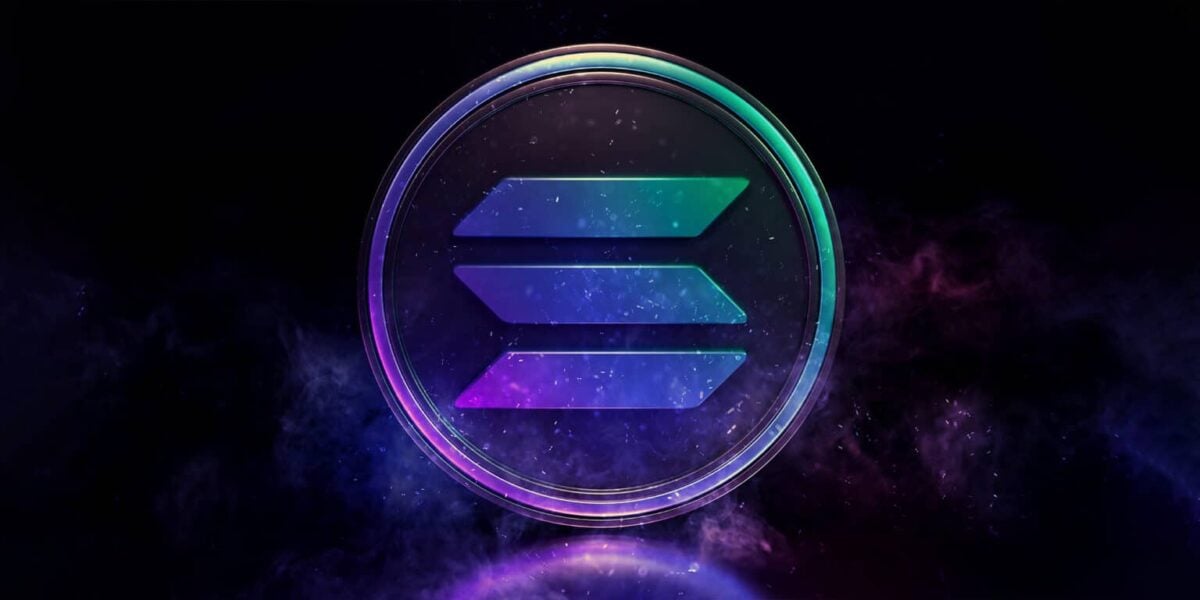TLDR
- Firedancers SIMD-0370 proposal aims to remove Solana’s fixed block limit.
- Solana’s block capacity could increase with dynamic throughput adjustments.
- Critics warn that removing the block limit could centralize validator power.
- Faster block finality through Alpenglow could complement Firedancer’s proposal.
A new proposal from Jump Crypto’s Firedancer team could change how Solana processes transactions, potentially removing the blockchain’s fixed compute unit (CU) block limit. This change, part of the SIMD-0370 proposal, aims to adjust Solana’s capacity to match validator hardware strength, rather than sticking to an arbitrary ceiling. While this could boost network efficiency, it has raised concerns over centralization and the risks of sidelining smaller validators.
Firedancer’s Proposal to Remove Block Cap
Jump Crypto’s Firedancer team has introduced a new idea to remove Solana’s current fixed compute unit (CU) limit for each block. The proposal, known as SIMD-0370, suggests that network capacity should depend on the performance of validator hardware, rather than being restricted by a set ceiling.
This approach would allow stronger validators to process larger blocks, potentially increasing throughput and allowing the network to adapt to growing demand without needing manual updates.
Firedancer’s team argues that the existing limit, currently set between 60 million and 100 million compute units, prevents validators with more powerful hardware from fully utilizing their capabilities. By lifting this cap, the proposal aims to align the network’s capacity with market needs, offering more flexibility in handling transactions. Validators with better hardware could process more transactions per block, earning higher rewards.
Concerns Over Centralization
Although the proposal could increase throughput, it has sparked concerns about the risk of centralization. Critics, such as Roger Wattenhoffer, head of research at Anza, have raised potential issues with the plan.
Wattenhoffer warns that removing the block cap could create a scenario where only larger operators with better hardware can participate in validating, thus pricing out smaller validators.
Akhilesh Singhania, a system engineer, also expressed concerns that large-scale operators could dominate the network if they invest in more expensive hardware, making it difficult for smaller players to remain competitive. In this case, validator decentralization, a core principle of blockchain technology, could be compromised.
Enhancing Network Efficiency with Alpenglow
The SIMD-0370 proposal is part of a larger strategy to improve Solana’s network efficiency. It builds on the Alpenglow upgrade, expected to reduce block finality from 12.8 seconds to as little as 100–150 milliseconds. The faster block finality aims to eliminate congestion and streamline communication between nodes, improving the overall performance of the blockchain.
Firedancer believes that removing the fixed block limit will complement the benefits of Alpenglow, enabling a more efficient and scalable Solana network. The team’s vision is to create a dynamic environment where network throughput adjusts in real-time to meet demand, without needing constant manual adjustments. This would help maintain Solana’s competitive edge in a rapidly evolving blockchain landscape.
Validator Incentives and the Potential for Growth
The proposed changes are designed to encourage competition among validators. With no fixed block cap, validators would be incentivized to improve their hardware and performance in order to process more transactions and earn higher rewards. This could lead to a cycle of continuous improvement, where validators are motivated to upgrade their infrastructure, thereby boosting the overall network capacity.
However, the shift to a more performance-driven network could also increase the financial barrier to entry for smaller validators. To maintain a diverse and decentralized network, it will be important to ensure that smaller operators can still participate without being left behind by larger, better-resourced competitors.
As Solana continues to evolve, the outcome of Firedancer’s SIMD-0370 proposal will determine whether removing the block cap leads to a more efficient and competitive network or if it inadvertently narrows access to the ecosystem.






